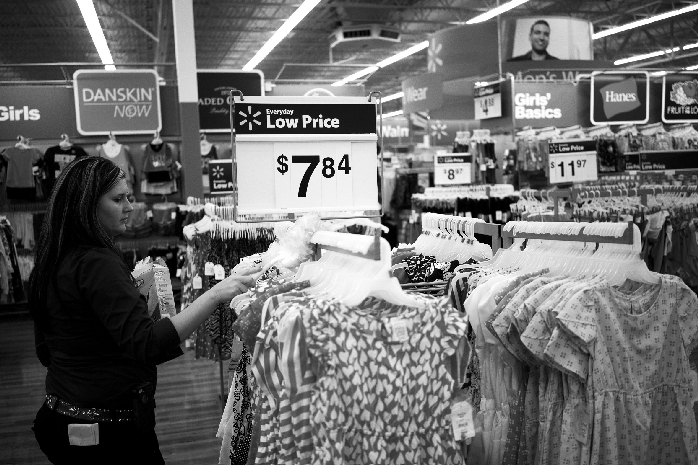
U.S. consumers may be about to directly feel the effects of the trade fight started by U.S. President Donald Trump with China and other countries this year when a new list of Chinese imports to be taxed is announced in coming days. After imposing import tariffs on solar panels and washing machines in January, Trump moved to levy steel and aluminum in March along with about US$50 billion in other goods. After China responded with a list of U.S. goods that would be subject to tariffs, Trump raised the stakes April 4 by directing the U.S. trade representative to consider US$100 billion in additional levies. But a latest Reuters analysis of Chinese imports shows that to quickly reach US$100 billion worth of goods to tax, Trump may have to target cellphones, computers, toys, clothing, footwear, furniture and other consumer goods, prompting price rises at U.S. retailers. “There is no way to avoid consumer products when you’re thinking about how to hit US$100 billion worth of imports coming from China,” said Hun Quach, vice president of international trade for the Retail Industry Leaders Association which represents U.S. retailers. How much the new tariffs would hit wallets depends on variables that make calculating the impact of the tariffs on individual products hard to measure. Companies can absorb some of the costs, and some companies can shift production in China to other countries, cutting the final bill for America’s shoppers. After washing machines imported by LG Electronics were hit with a 20-percent tariff in January, the company raised U.S. prices by about US$50 per machine, or 4 to 8 percent. LG opted to absorb part of the tariff cost, which was imposed at a time when construction was already well underway on its new U.S. factory that will begin producing washers in late 2018, avoiding U.S. tariffs. Companies with complex supply chains, mainly those in high technology industries, can also change how their internal costs are charged among subsidiaries to lower their tariff bill. Trump’s first round of import tariffs deliberately left most consumer electronics untouched, but out of the US$506 billion in U.S. imports from China last year, finding another US$100 billion to tax without hurting U.S. shoppers will not be easy. The United States could quickly find US$100 billion but at the cost of targeting three broad categories of consumer electronics — cellphones at US$44 billion, computer equipment at US$37 billion, and voice, image and data recorders at US$22 billion. U.S. supply chains would also be hurt as many consumer electronics products depend on the export of American semiconductors, software and other inputs to China for assembly before being imported back to the United States. (SD-Agencies) | 
